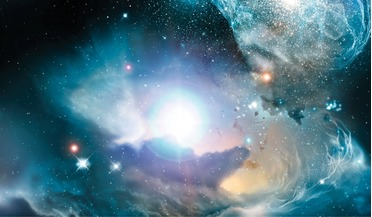 March 2018
Mapping the dark universe
March 2018
Mapping the dark universe
... links used for other ESA SEL2 missions like Herschel, Planck and Gaia. To ensure the completeness of science and ... on heritage from previous astronomy and other science missions (Herschel/Planck, Gaia, etc) but there are a number of specific ...
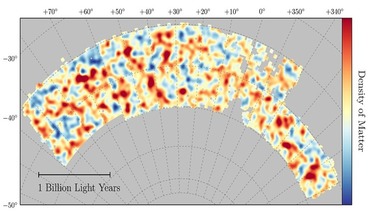 04 August 2017
Most accurate measurement of Universe's dark matter revealed by DES survey
04 August 2017
Most accurate measurement of Universe's dark matter revealed by DES survey
...they looked in the first place. Luckily, data from the Planck satellite has already given scientists a snapshot of how the ...– dark energy – has been pushing it apart. Now, using the Planck map as a start along with DES data showing the Universe as it...
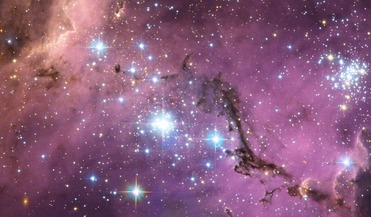 26 April 2019
As mystery of the Universe’s expansion rate widens, a simple solution is offered
26 April 2019
As mystery of the Universe’s expansion rate widens, a simple solution is offered
...a different angle is the European Space Agency’s Planck mission. Planck has been studying the skies since its launch ...Universe. However, when you calculate the Hubble Constant from CMB/Planck data, you get a different figure altogether; 67.4 km/sec...
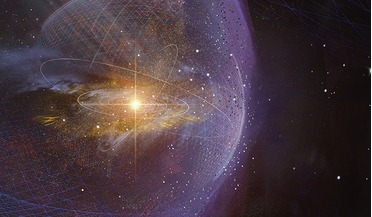 January 2022
Revealing the magnetic universe
January 2022
Revealing the magnetic universe
... dense cores, respectively. Stars form predominantly in cold, dense and extremely filamentary clouds. Observations from the Planck satellite of large-scale magnetic fields revealed that in low-density outskirts of these filaments, matter flows in the...
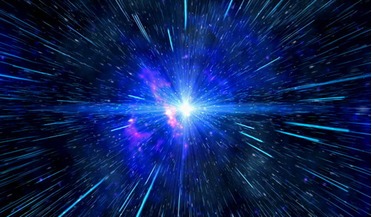 01 February 2017
Researchers find substantial observational evidence for a holographic Universe
01 February 2017
Researchers find substantial observational evidence for a holographic Universe
... and studies of this phenomena offer a unique window into the very early Universe and Planck scale physics, I.e. Physics on the tiniest of scales (a Planck length is 1.61×10−35 metres!). How the CMB got to be everywhere all at once is to do with the...
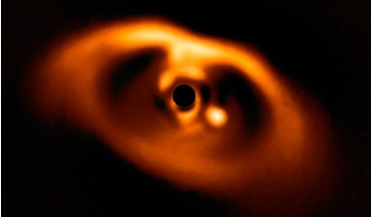 02 July 2018
Baby planet in dusty disc finally caught on camera
02 July 2018
Baby planet in dusty disc finally caught on camera
... technique, astronomers led by a group at the Max Planck Institute for Astronomy in Heidelberg, Germany have finally been ...behind planet formation.” Thomas Henning, director at the Max Planck Institute for Astronomy and leader of the teams, summarises...